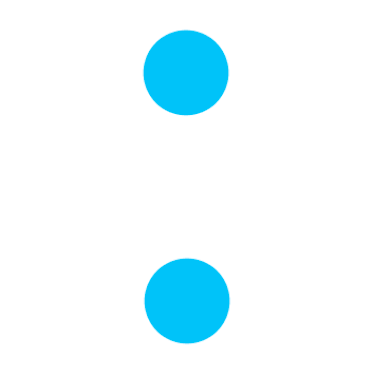MODULE - 1 Est. Duration: 57 min
MODULE - 2 Est. Duration: 48 min
MODULE - 3 Est. Duration: 1 hr 9 min
MODULE - 4 Est. Duration: 41 min
MODULE - 5 Est. Duration: 42 min
MODULE - 6 Est. Duration: 23 min
MODULE - 7 Est. Duration: 56 min
MODULE - 8 Est. Duration: 25 min
MODULE - 9 Est. Duration: 17 min
MODULE - 10 Est. Duration: 24 min
Unit 16 .1
'ain' GROUP
Est. Duration: 2 Minutes
Bookmark This
INTRODUCTION
In this unit, we’ll learn about the 'ain' group which consists of two letters - ‘ain’ ( Devanagari: ऐन | IPA: /ɛːn/ | Pronunciation: ) and ‘Gain’ ( Devanagari: ग़ैन | IPA: /ɣɛːn/ | Pronunciation: ).
- Gain
- ग़ैन
- ain
- ऐन
Above: The letters ‘ain’ & ‘Gain’
And once again, we can see that both these letters share a common basic shape with the ‘Gain’ being differentiated only by the placement of one nuqta above it.
INTERESTING
Both ‘ain’ and ‘Gain’ are only used in words of Arabic origin. Another useful bit of information for you right there!
16.1.1: ‘ain’
This is the letter ‘ain’ (Devanagri: ऐन | IPA: /ɛːn/ | Pronunciation: ).
IMPORTANT
‘ain’ is a very unique letter in the Urdu alphabet as it has the ability to take upon the sound of any vowel depending on the word it appears in.
We will delve into this aspect of ‘ain’ in greater detail in the coming pages.
16.1.2: ‘Gain’
This is the letter ‘Gain’ ( Devanagri: ग़ैन | IPA: /ɣɛːn/ | Pronunciation: ).
‘Gain’ has no equivalent sound in English or Hindi which makes its pronunciation slightly typical in common usage.
It has a fricative(?) sound which you can listen to here:
Dont’ be worried. We’ll learn more about this letter and its sound in the following pages.
And now, let’s take our knowledge one step further by looking at how these letters connect with the others in a word.





.png)


